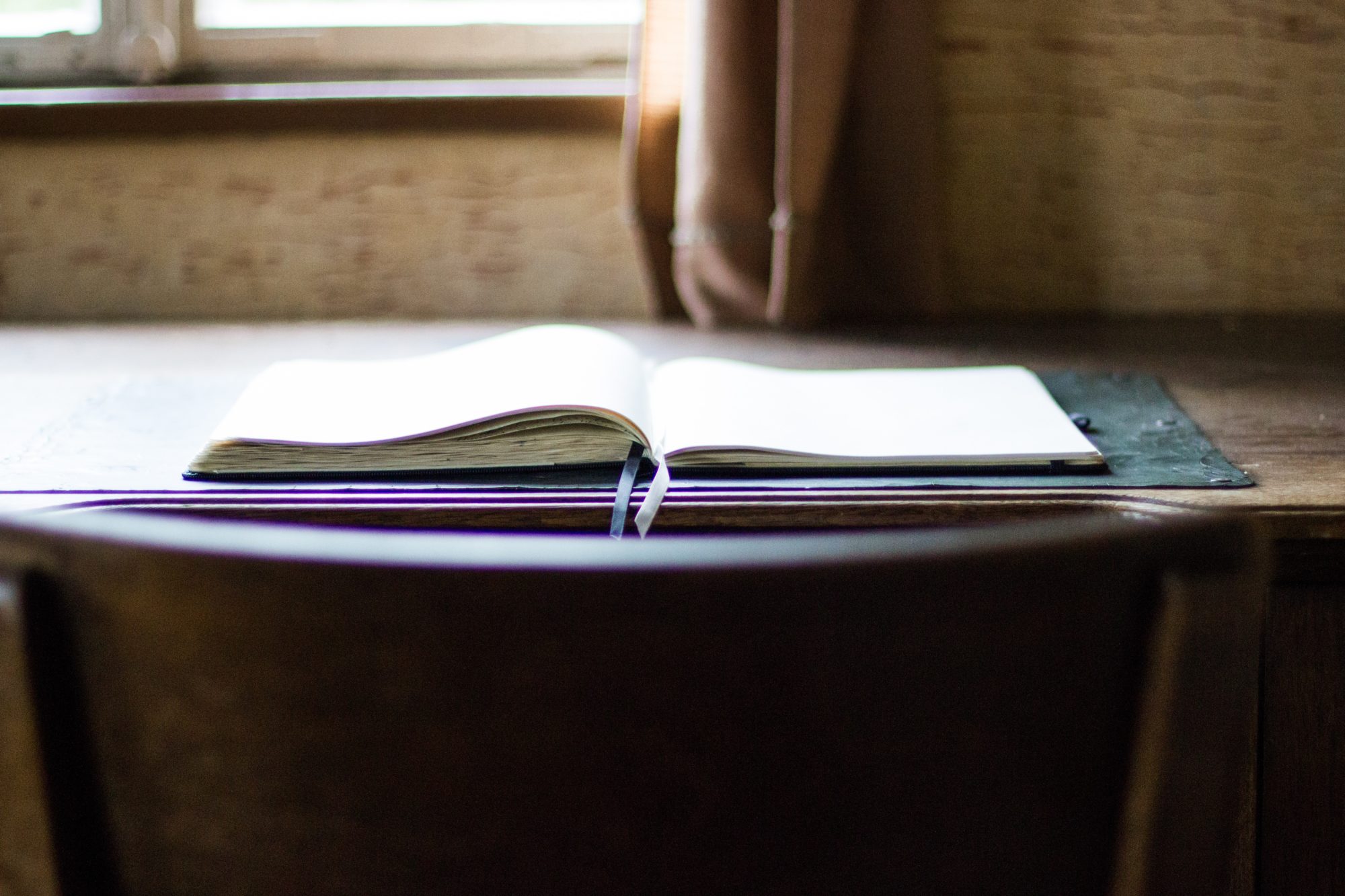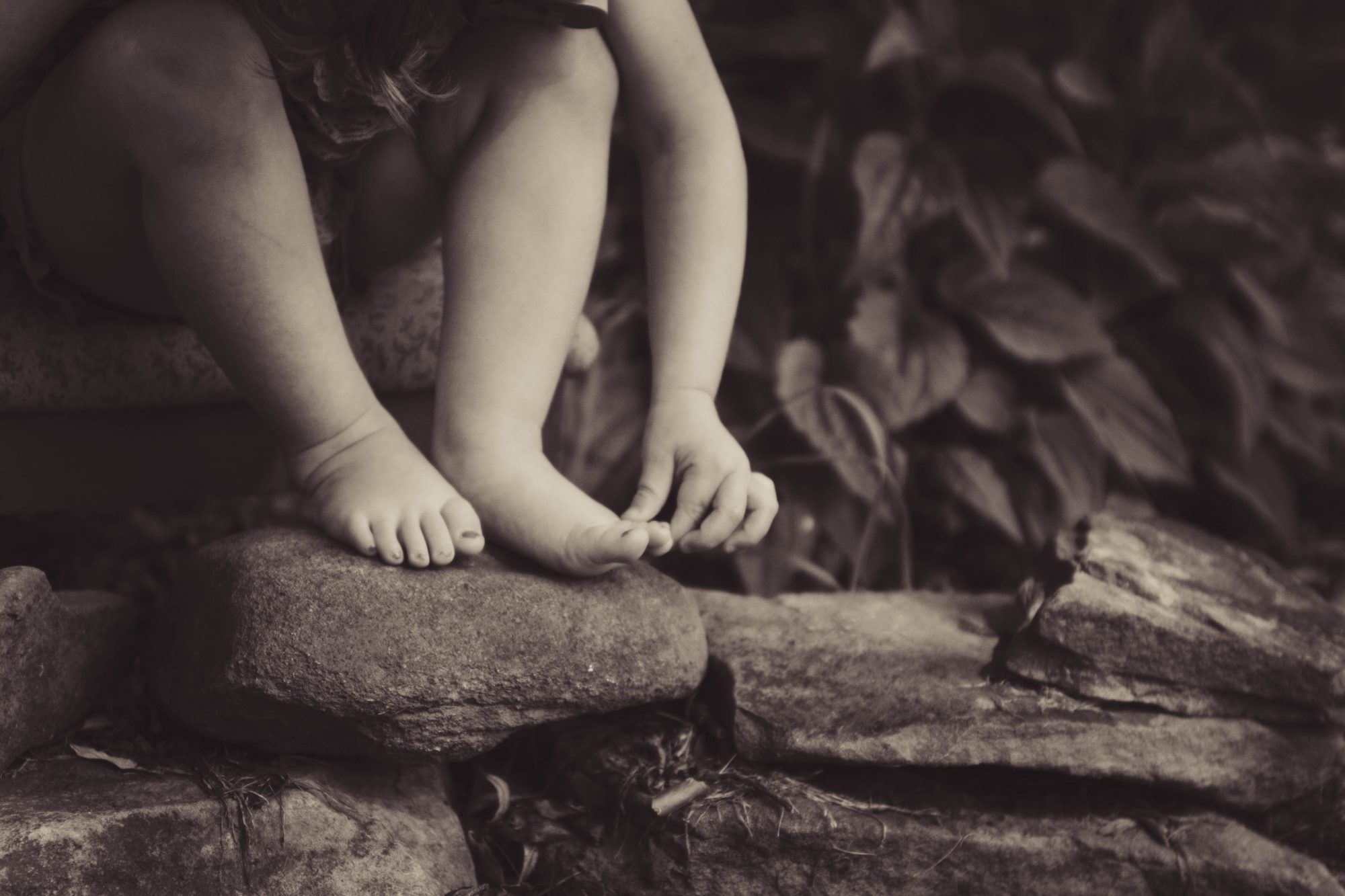
Crossing Thresholds
I went to the ocean to cross a threshold. To honor, through sacred ceremony, the transition I made when I moved here two months ago.
Transitions, even when they’re as good as this one has been, are complicated. Old habits and old stories don’t die willingly. It’s easy to impose our old framework onto the new realty, reacting to triggers that are no longer there and engaging defense mechanisms that are no longer necessary.
At least once a day, someone asks me if I’m actually as happy here as I seem to be on social media. The honest answer is a resounding YES. I don’t do false advertising. The past two months have shattered my limited ideas of how happy it’s possible to be, of how much joy I can hold in my body. And, as I have stretched to accommodate the super-abundance of goodness that is suddenly available to me, as I have asked myself incredulously at least 72 times a day, “are you sure this isn’t too good to be true?” I have come face to face with my staggering capacity for self doubt. I have realized how reluctant I am to trust goodness because I’m convinced it’s a scam. I have learned that letting go of an old, defensive, and suspicious way of being doesn’t happen overnight.
Since my arrival in California, I have been craving a way to formally mark this beautifully messy coast to coast transition, to honor it in my body. So, with the help of my amazing spiritual director, I dreamt up a ritual. On special, biodegradable, dissolvable paper, I wrote down my old story, the one I no longer need or want to inhabit, for the last time that way. On a separate page, I wrote down all the limiting beliefs and untrue stories I tell myself, cut it into a giant papery spiral, and wrapped it around my leg to represent the ways in which I feel chained to a past that no longer serves me. And, finally, I wrote a new story, a story with lots of room to grow into, a story full of magic and mystery that I am ready to claim as my own.
This morning, I gathered my papers and headed to Ocean Beach. I could think of no better way to symbolize and embody the idea of releasing than standing with my feet in the surf, letting the water greet me with its savage embrace and pull away anything that wasn’t nailed down (literally. The Mighty Pacific also stole my flip flops. Oops.) – again and again and again. Because being made new is a process, not a once and for all event.

When I was dreaming up this ceremony, I had envisioned a sunny, postcard worthy day. The ocean had other ideas – better ideas. Rain and wind made the experience colder and wilder than anticipated, but meant that I had the glorious entirety of Ocean Beach all to myself. I had expected the kelp-like strands of paper I’d wrapped around my ankle to gently dissolve in the water over a few minutes – instead, the savage undertow tore them from my leg in a single motion, putting an abrupt end to any temptation to wallow. And then, in timing so perfect, I wouldn’t have even known how to ask for it, the clouds began to part precisely as I was standing with my feet in the freezing surf, reading my old story aloud to the sea for the last time and dropping the page in the waves. The vivid demarcation of clouds, sun, sea, and sand mirrored the very dividing line I was trying to honor – past and present, old and new. To seal the deal, as I turned around to walk back to my car, a giant wave came out of nowhere and gently slapped me on the behind, drenching me from the waist down and causing me to burst into maniacal laughter on the deserted beach.
It was beautifully imperfect and perfectly beautiful. Messy, real, raw, primal. I walked away from my ceremonial moment with sopping wet pants, puffy eyes, salt encrusted shins, furiously frigid feet, and no shoes to speak of. I emerged from the sea reminded of the power of symbol and creative ritual action to support us in our healing and totally dumbfounded by the wild wisdom of the Earth. Ceremony, be it in a cathedral or on an abandoned beach, isn’t a magic bullet – it’s a touchstone. Something we can recall and return to, a reminder of our commitment to change and of the support that surrounds us if we’re brave enough to ask for it.
I am wildly grateful. And ready to be made new.






